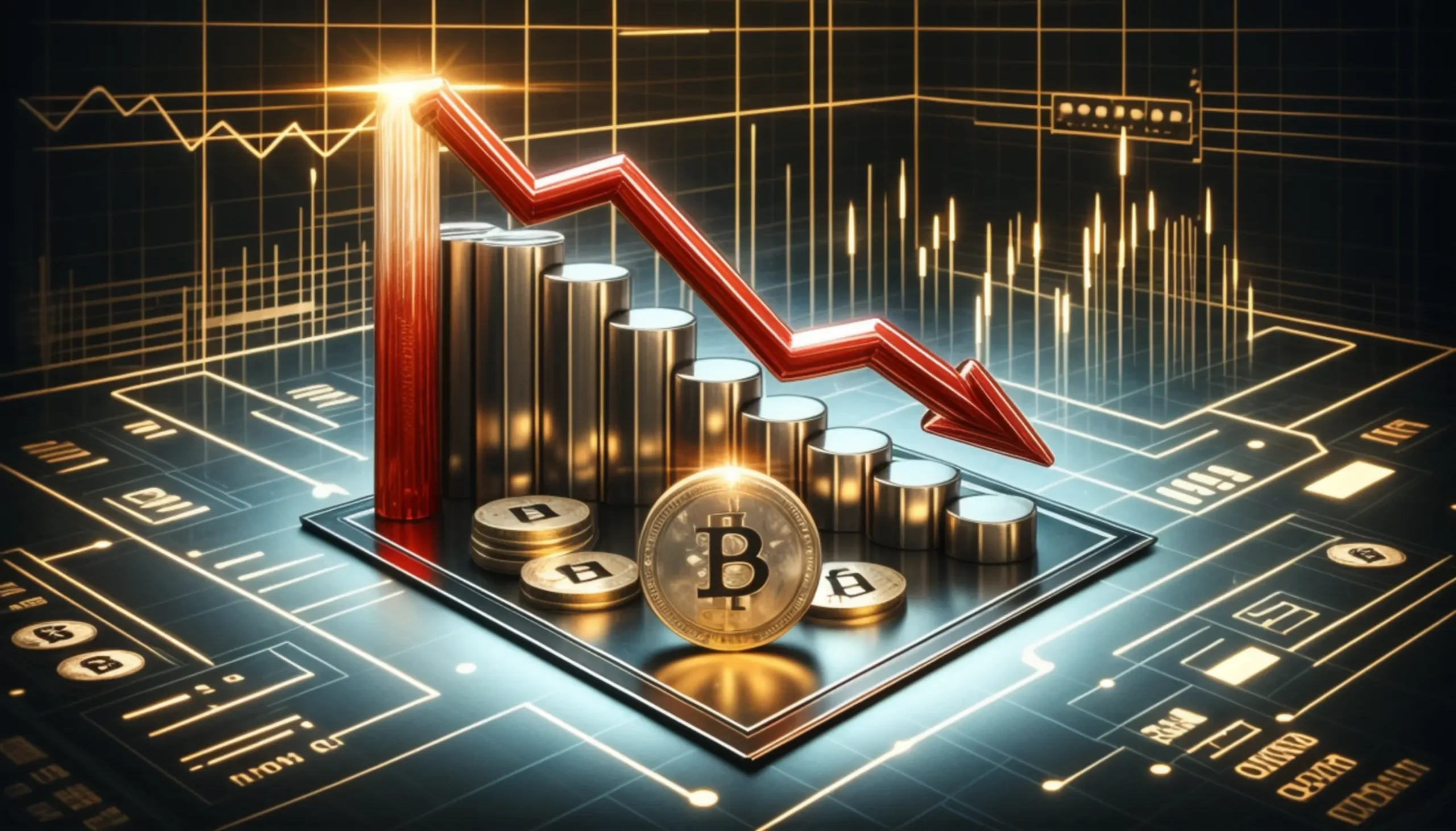The Hidden Truth About XRP and Its Financial Network Potential
The introduction of an XRP ETF symbolizes a critical juncture in the financial landscape, challenging conventional views of cryptocurrency and illuminating the substantial potential of XRP beyond simple speculation. A closer examination can radically transform our understanding of the crypto economy today, underscoring its significance in the global financial realm.
Understanding XRP’s Role in the Financial Landscape
XRP holds a unique position among cryptocurrencies, distinguished not only by its technology but also by its purpose. Designed explicitly for global, low-cost money transfers, XRP functions as a bridge currency, facilitating transactions between various fiat currencies. As Steven McClurg, CEO of Canary Capital, points out, equating XRP directly with Bitcoin and Ethereum is a misstep. The XRP Ledger serves a greater purpose as a global financial network, where money can move swiftly and inexpensively. Unlike Bitcoin’s decentralized nature aimed mostly at peer-to-peer transactions, or Ethereum’s focus on decentralized applications, XRP is tailored for practical financial solutions, particularly benefitting workers sending remittances home, who often face exorbitant fees of 8% to 15% on such transactions (Coinpedia).
How XRP ETF Could Change Market Dynamics
The arrival of the XRP ETF is set to disrupt market dynamics significantly. Investors are likely to rethink their strategies as they recognize XRP’s unique ability to facilitate real-world fund transfers, providing a stark contrast to the speculative nature that often surrounds Bitcoin and Ethereum. The ETF’s existence could bolster confidence among institutional investors who may have been hesitant to enter the volatile crypto space. As the ecosystem continues to mature, heightened investor confidence may stimulate increased market participation. An environment enriched by regulatory clarity, particularly around XRP’s functionality, promises to attract new capital, reshaping individual and institutional investment strategies throughout the crypto economy.
The Shift Towards Practicality in the Crypto Economy
Amidst the volatility of the crypto market lies a critical distinction between real-world utility and speculative investment. The advent of stablecoins has introduced formidable competition, yet XRP’s core functionalities, particularly in cross-border payments, set it apart. For individuals and businesses alike, the essence of practicality remains a driving force in the adoption of cryptocurrencies. As more users prioritize low-cost, rapid transactions over mere investment potential, XRP’s advantages in these areas are poised to become increasingly evident. The ongoing transformation within the financial landscape emphasizes a demand for efficient, affordable mechanisms for transferring value across borders, making XRP’s adoption even more pertinent.

Emerging Market Trends Affecting XRP
Current market trends offer insights into the shifting dynamics of the crypto economy. Regulatory developments play a pivotal role in how XRP is perceived and utilized. For example, as countries worldwide adapt their regulations to embrace digital currencies, XRP may benefit from increased legitimacy and broader acceptance within various financial sectors. Additionally, as institutional interest in crypto rises, XRP’s reputation as a bridge currency could lead to higher adoption rates among financial institutions looking to streamline their cross-border transactions. Enhanced clarity around regulatory frameworks will also impact how investors engage with cryptocurrencies, positioning XRP as a viable long-term investment.
Advantages of Leveraging XRP for Transactions
XRP stands out for its cost-effectiveness and efficiency, making it a compelling choice for transactions. When sending money internationally, XRP significantly reduces the costs associated with traditional banking and remittance services. Benefiting from fast transaction speeds—often completing within seconds—XRP enables immediate access to funds, an essential feature for businesses managing cash flow or individuals relying on timely remittances. Furthermore, it simplifies the often complex landscape of international transfers, providing a viable solution that addresses both the persistence of high fees and delays commonly seen in traditional methods.
Analyzing XRP Against Bitcoin and Ethereum
When analyzing XRP in contrast to Bitcoin and Ethereum, it’s crucial to understand the distinct roles these cryptocurrencies play. While Bitcoin continues to serve as a store of value and a hedge against inflation, and Ethereum fosters a burgeoning ecosystem for decentralized applications, XRP uniquely positions itself in the financial transaction sphere. The XRP Ledger offers practical solutions to high transaction fees through robust technologies that benefit all participants in the financial system. This unique vision for XRP could be instrumental in shaping the future of financial networks by presenting both speed and cost-effectiveness as key advantages over its counterparts.
Navigating the Future of Financial Transactions with XRP
Engaging with XRP as an investment requires an informed approach. Investors need to grasp market trends and the implications of the XRP ETF, which instructs the need to consider broader economic indicators enabling strategic decisions. Encouraging knowledge about the crypto economy will empower investors to leverage sufficient advantages, capitalizing on XRP’s potential as a fundamental player in a transforming financial landscape. As the tides of the crypto economy swell with innovation and regulatory shifts, understanding XRP’s true value will be essential for both novice and seasoned investors alike.


